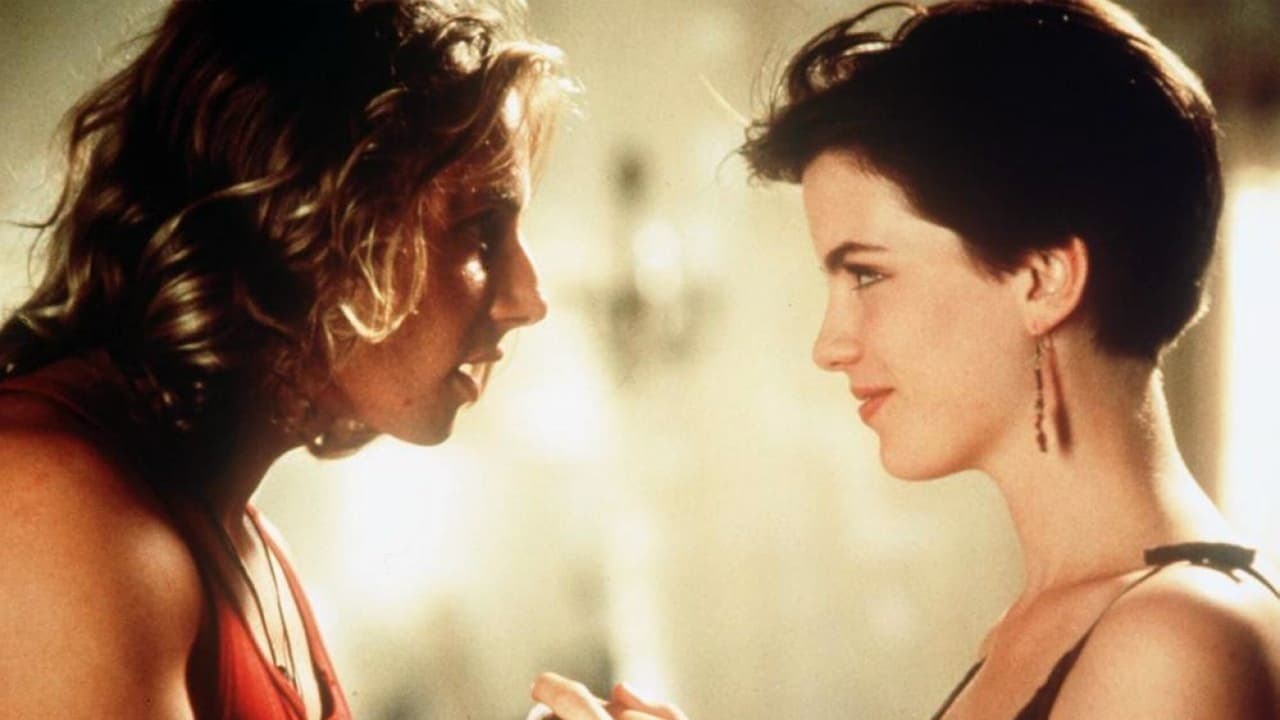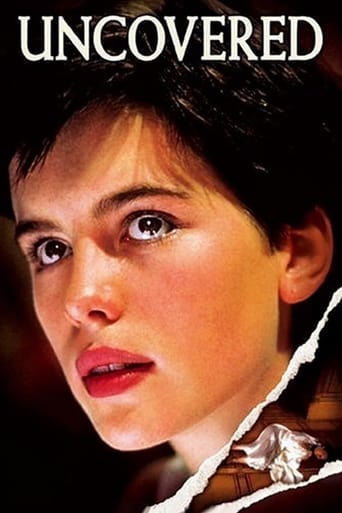

Your blood may run cold, but you now find yourself pinioned to the story.
... View MoreIt is both painfully honest and laugh-out-loud funny at the same time.
... View MoreIt really made me laugh, but for some moments I was tearing up because I could relate so much.
... View MoreOne of the best movies of the year! Incredible from the beginning to the end.
... View MoreWatching this film will leave you with two impressions.1. There are no Spanish people in Spain.2. Kate Beckinsale had quite a perky bosom in the mid 90s.Set in Barcelona, this story concerns a young art restorer named Julia (Kate Beckinsale) who is working on a 500 year old painting for her art dealer friend Menchu (Sinead Cusack). Julia discovers a secret message hidden within the painting about a murder half a millennia ago. Julia's efforts to unravel this ancient mystery involve her old art professor and lover Alvaro (Art Malik), her longtime guardian and prissy British homosexual Cesar (John Wood) and a streetwise chess hustler named Domenec (Paudge Behan). Julia also has to deal with Don Manual (Michael Gough), the terminally ill owner of the painting, his niece Lola (Helen McCrory) and her sexual predator of a husband Max (Peter Wingfield). But as she solves the riddle secreted within the painting, people suddenly start dying around Julia in a fashion that seems to be a continuation of the murder 500 years ago. I'd say that Julia then has to race against time to find the killer, but nothing in this movie ever moves faster than a leisurely walk.If you want to know what Uncovered is like, imagine an extra long episode of the public television program Mystery! where Kate Beckinsale gets naked. That's an almost perfect description of this film and I'm sure it would be a big hit during pledge week. If those sort of British mysteries are your thing, you'll probably like this movie a great deal. If not, well you still might like seeing Beckinsale's boobs, but there's not much else here for you.The only other interesting thing, besides Beckinsale's sweet rack, is that even though the story is set in Spain, there are no Spanish people in it. Now, you could accept that everything in the movie happens within the British expatriate community in Barcelona. However, that doesn't excuse trying to pass off Michael Gough as the supposed last survivor of a Spanish family that traces its lineage back for centuries. Gough beats out Charlton Heston in Touch of Evil for the title of "Least Spanish Spaniard in Cinematic History". I look more Spanish than Michael Gough.I should also caution you that even though Uncovered is about two separate mysteries, there's nothing all that mysterious about either of them. There aren't a bunch of clues in the story that you can notice and figure out who committed either the ancient killing or the modern slayings. The answers are just sort of presented to the audience.Uncovered is definitely a case of "You'll like it, if you like that sort of thing". That sort of thing being, in this case, British mysteries and/or Kate Beckinsale's breasts.
... View MoreJulia (Kate Beckinsale) an art restorer finds a hidden message in medieval painting she is working on that points to the murderer of one of the subjects depicted. Fascinated she digs deeper into the origins of the painting and the clues within. The old mystery though is soon paralleled by a new mystery as the people involved in her research start to die. The story is seemingly well suited to the British mystery genre but fails largely due to aspects of the execution.Kate Beckinsale manages with her portrayal to be both slightly awkward as well as endearingly cute but she seems decidedly out of her depth in a few of the more emotional/dramatic scenes. The film does boast a strong supporting cast of British character actors who may not have name recognition to some but should be highly recognizable to many including; John Wood, Sinead Cusack, Michael Gough. For the most part the supporting cast acquit themselves well considering how clichéd their characters are.While some may find it slow I was interested in the glimpse at the Art restoration process, I thought some things look authentic about the process, but other aspects didn't quite ring true. The current day murder mystery aspect was far less satisfying, character behavior and actions seemed inconsistent and for me the biggest flaw (considering the genre) was that the identity of the murderer seemed far to obvious. Further the brief flashbacks to the subjects of the painting did virtually nothing to advance or support the story, they simply felt unnecessary.The film is set in Barcelona but features an almost entirely English cast that speaks entirely in English and makes no attempt at Spanish accents. This is common in American films but seemed odd in a British film. The film makes reasonable use of the Barcelona locations including some wonderful Gaudi architecture, but I actually would have preferred even more attention on the culture and the city.
... View MoreUncovered isn't Citizen Kane. It's a light mystery involving a painting that's being restored. The cast was more than up to the job, but for all but one of them the performances were average.Other than the city of Barcelona, the single stand-out member of the cast is Peter Wingfield playing the rough, small-time, self absorbed and slightly oily gigolo, Max LaPena. He pulls this role off to perfection. He's young, gorgeous, not as smooth or as smart as he thinks he is and although he's a total brat, there's a desperate vulnerability to Max that would be very attractive to many women. Max LaPena is a street kid who's parlayed his face and body into a marriage with the greedy, controlling, grand-daughter, and sole heir of the aristocratic Spanish family that owns the mysterious painting. Max, as do others in this film, has his own dreams regarding the painting and isn't above using his assets to make those dreams come true. He's wonderfully amoral and by far the most interesting character in Uncovered. In this mildly entertaining film it's the scenes of beautiful Barcelona and an equally handsome and very talented Peter Wingfield that make it worth the rental fee or purchase price.
... View MoreA truly bad movie, from a generally good director like Jim McBride (I loved "Great Balls of Fire"). Based on a novel from Perez Reverte, this film is dull and uninteresting, and the only thing you can recommend from it is a nude scene from Kate Beckinsale (48 minutes after the start, so press your fast forward button in your video).
... View More